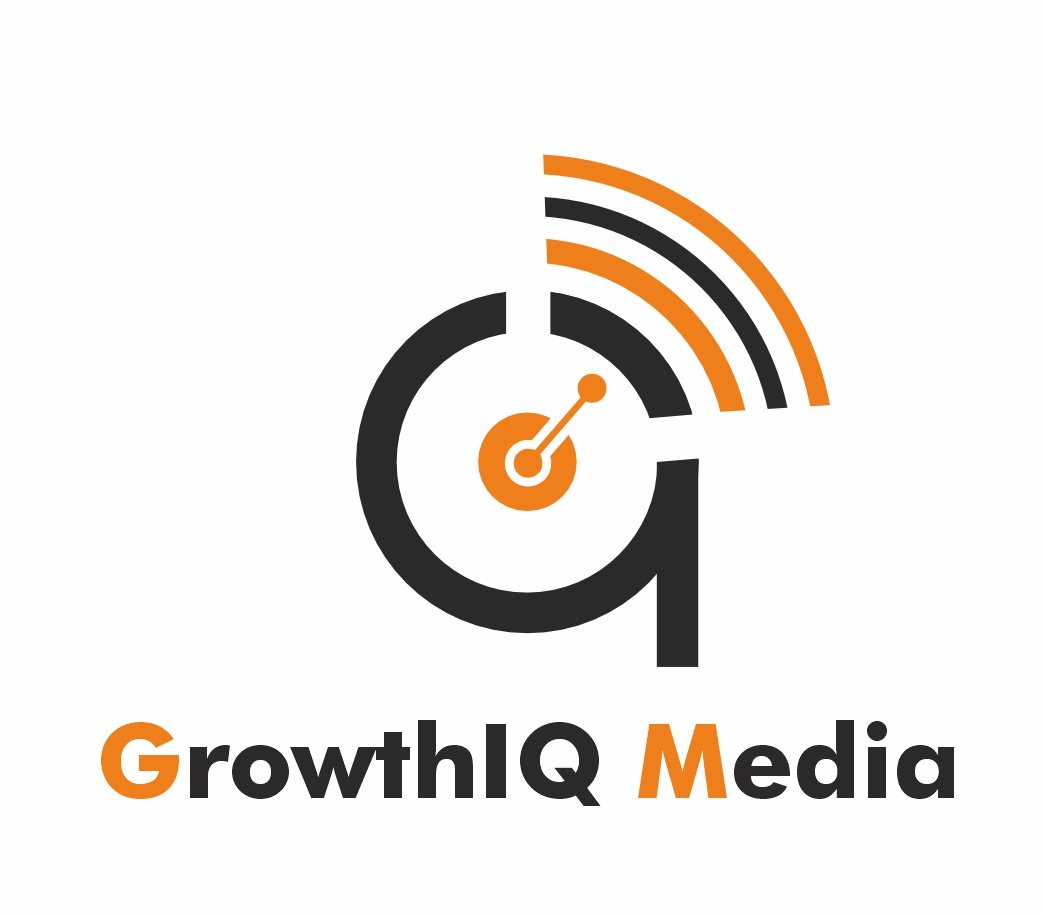Education is evolving rapidly, and here in 2024, we’re seeing hybrid learning take center stage. Over 65% of schools and universities are now blending online and in-person learning, and by 2026, nearly 80% of classes are expected to follow suit. Hybrid learning isn’t just a pandemic-born trend—it’s reshaping education for the long haul. But what does this mean for students, teachers, and the future of education? Are schools prepared to meet the challenges that come with it? Let’s take a closer look at what hybrid learning is doing to the educational landscape and where it might be headed.
How Did We Get Here?
The idea of mixing traditional classroom teaching with online components isn’t exactly new. But when the pandemic hit, it quickly became a necessity rather than just an option. Fast forward to 2024, and hybrid learning has become a thoughtfully planned approach that many schools are adopting for good. It’s not about doing things differently because we have to—it’s about doing things differently because it works better for many students and teachers.
One of the big reasons hybrid learning has taken off is the advancement in technology. Today, we have faster internet, more sophisticated learning management systems (LMS), and a host of digital tools that make online learning more engaging. Schools like Harvard and Stanford have jumped on board, offering programs that let students watch lectures online, join discussions virtually, and still come together in person for hands-on experiences. This model is catching on because it offers flexibility and a new way of thinking about education.
The Perks of Hybrid Learning
There’s a lot to like about hybrid learning. It’s not just about convenience; it’s about creating a better learning environment for students. Here’s why hybrid learning is making a difference:
Flexibility: Students can access their coursework online whenever it suits them, which is a big help when balancing school with work, family, or other commitments.
Accessibility: Hybrid learning removes geographical barriers, allowing students to attend classes from anywhere in the world without needing to relocate.
Personalized Learning: Teachers can tailor their lessons to fit the needs of each student, offering a more individualized learning experience.
Engagement: With tools like interactive quizzes, discussion forums, and video content, students stay more engaged with the material, which can make learning more effective and enjoyable.
Cost Savings: For schools, hybrid learning can cut down on expenses like maintaining physical classrooms. For students, it can reduce costs like commuting, housing, and textbooks.
The Challenges We Need to Address
While there’s a lot to celebrate about hybrid learning, it’s not all smooth sailing. One major issue is ensuring that all students have access to the technology they need to participate fully. Even in 2024, there are still gaps in internet access, especially in rural or lower-income areas. Schools need to invest in infrastructure and provide students with the necessary tools to make sure no one gets left behind.
Another challenge is keeping students engaged when they’re learning online. Digital tools can be great for learning, but they can also lead to distractions or make students feel disconnected. Teachers need to find creative ways to keep students involved and motivated, whether that’s through gamification, virtual study groups, or regular check-ins.
And let’s not forget the teachers themselves. Teaching in a hybrid environment requires a different set of skills, and not every teacher is naturally tech-savvy. Ongoing training and support are crucial to help educators navigate this new landscape effectively.
The Role of Technology in Hybrid Learning
Technology is what makes hybrid learning possible. From video conferencing tools like Zoom and Microsoft Teams to learning management systems like Canvas and Blackboard, these platforms enable students and teachers to communicate and collaborate easily. But in 2024, we’re also seeing newer, more advanced technologies like AI-driven analytics, virtual reality (VR), and adaptive learning platforms that customize the experience for each student.
For instance, AI can help teachers by analyzing student performance data and identifying areas where a student might need extra help. This allows teachers to provide support before small issues become big problems. VR and augmented reality (AR) can take learning to the next level, creating immersive experiences that go beyond what’s possible in a traditional classroom.
What’s Next for Hybrid Learning?
Hybrid learning is here to stay, but its future will depend on how well schools can adapt and innovate. Here are a few trends we might see in the coming years:
Greater Collaboration: As hybrid learning becomes more widespread, expect more partnerships between schools, educators, and tech companies. This collaboration will help develop new tools and resources that enhance the hybrid learning experience.
Ensuring Fair Access: Making sure all students have access to hybrid learning will be a top priority. Schools will need to address the digital divide and offer support to students who might struggle with online learning.
Growth of Microlearning: Microlearning—breaking lessons down into small, manageable chunks—is likely to become more popular. This approach makes it easier for students to fit learning into their busy lives.
AI and Data: The use of AI and data analytics will continue to grow, providing teachers with insights that help them customize lessons and improve student outcomes.
Lifelong Learning: As the job market changes, people will need to keep learning new skills throughout their lives. Hybrid learning, with its flexibility and accessibility, is perfectly positioned to support lifelong learning.
Final Thoughts
Hybrid learning is transforming education in ways we couldn’t have imagined a few years ago. As we move through 2024, this blend of online and in-person instruction is offering students a more flexible, personalized, and engaging learning experience. But to truly realize its potential, schools need to overcome challenges related to access, engagement, and the digital skills of teachers. If we can get this right, hybrid learning could be the key to preparing students for a future that’s increasingly digital.





Leave a Reply